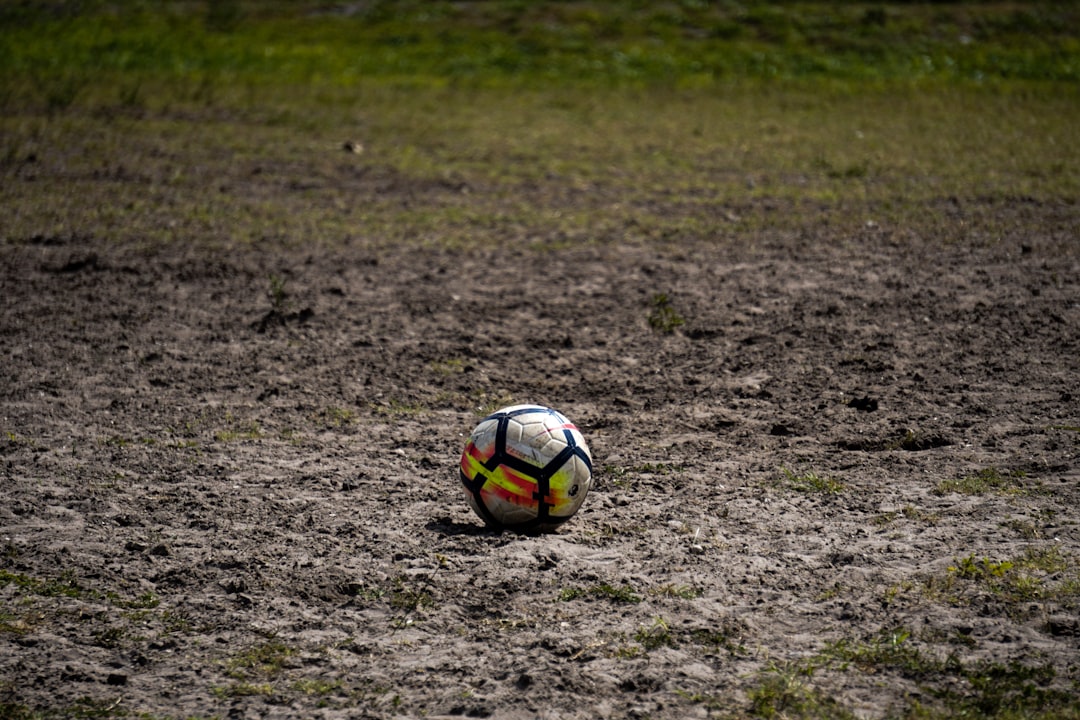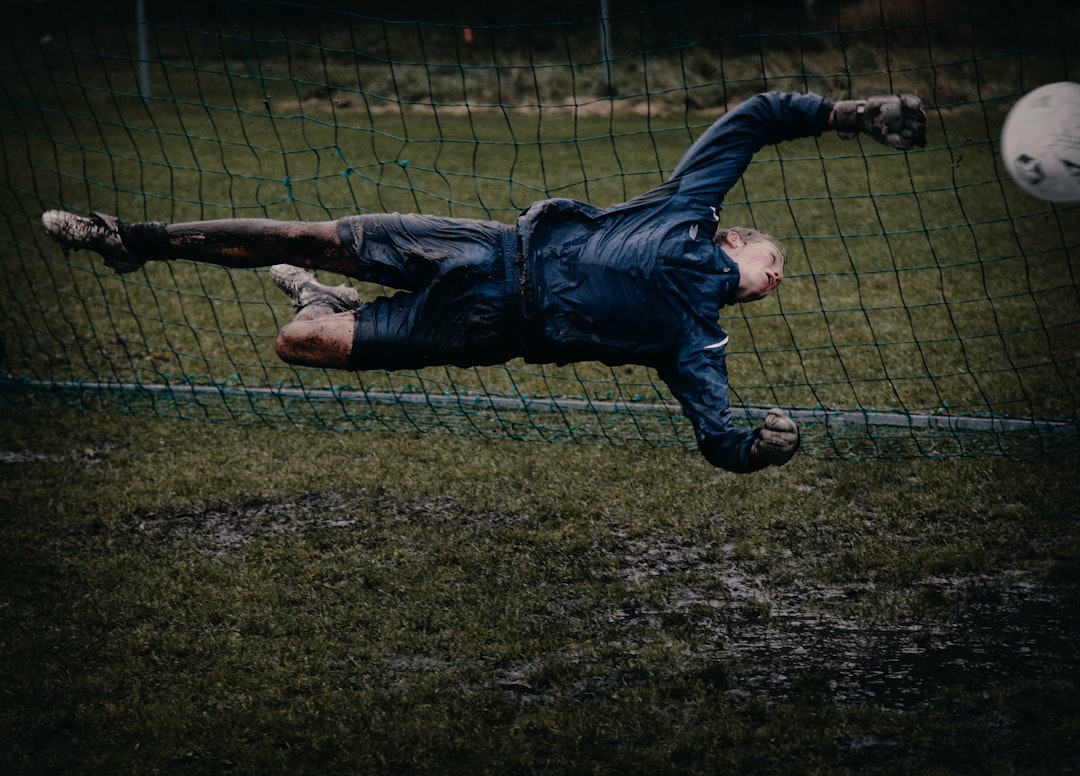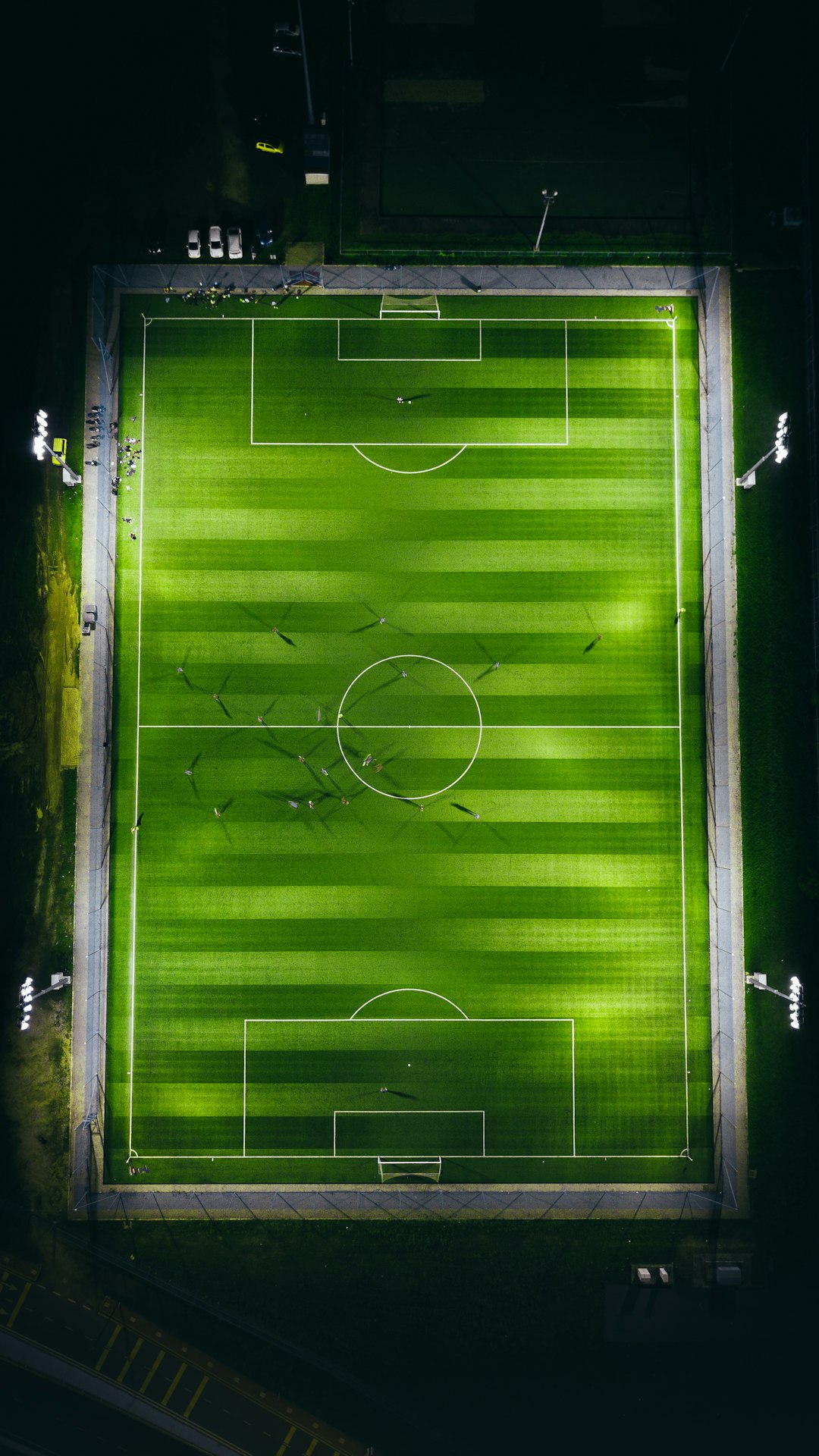Soccer is one of the most popular sports in the world, known for its dynamic gameplay, teamwork, and strategic movements. At first glance, soccer may seem completely unrelated to the laws of physics, but in reality, Newton’s First Law of Motion plays a crucial role in how the game is played. This fundamental law, also known as the Law of Inertia, explains how objects behave when forces act upon them, and it can be seen in action in every pass, shot, and tackle on the field.
Understanding Newton’s First Law of Motion
Newton’s First Law states: “An object at rest stays at rest, and an object in motion stays in motion with the same speed and direction unless acted upon by an external force.” This means that an object will not change its state of motion unless a force is applied to it.
In the context of soccer, this law helps us understand why a ball remains still until a player kicks it and why it continues moving until another force—like friction, air resistance, or another player—slows it down or stops it.
Examples of Newton’s First Law in Soccer
The Ball at Rest
Consider a soccer ball placed on the field before the game starts. According to Newton’s First Law, the ball will remain stationary unless an external force is applied to it. A player kicking the ball provides this force, causing it to roll in a specific direction. Without this force, the ball would remain motionless indefinitely.

The Ball in Motion
Once the ball has been kicked, it continues traveling in the direction of the applied force. However, instead of traveling indefinitely, it gradually slows down and stops due to forces like:
- Friction: The grass or turf creates resistance that slows the ball down over time.
- Air Resistance: The ball moves through the air, and air molecules push against it, reducing its speed.
- Other Players: When another player intercepts or stops the ball, their applied force changes its motion.
If soccer were played in a frictionless and airless environment, a kicked ball would continue moving in a straight line forever until another force acted on it.
Goalkeeping and the Law of Inertia
Newton’s First Law is also evident in goalkeeping. When a goalkeeper stands still and a ball is flying toward them, their body remains at rest until they decide to jump or move to block the shot. Conversely, if they are already moving in one direction and suddenly need to change course, they must apply significant force to overcome inertia before moving in the opposite direction.

How Players Use Newton’s First Law to Their Advantage
Passing and Dribbling
Skilled players understand how inertia affects the ball’s movement. For example, when dribbling, they tap the ball with just enough force to keep it moving in a controlled manner. A hard kick would send the ball too far ahead, while too little force would stop it before reaching the intended destination.
Tackling and Defending
Defenders use Newton’s First Law to anticipate the movement of both the ball and attacking players. If an opponent is running with the ball, their inertia makes it harder for them to stop suddenly or change direction. Defenders exploit this by positioning themselves strategically to intercept passes or force attackers into difficult positions.
Why Understanding Physics Improves Gameplay
By understanding how Newton’s First Law applies to soccer, players can enhance their strategies and techniques. Recognizing how inertia influences movement helps them make more precise passes, control the ball better, and anticipate their opponent’s actions more effectively.
Practical Applications
- Midfielders can adjust their passing strength based on the resistance from the field.
- Forwards can use inertia to take advantage of defenders’ momentum and maneuver past them.
- Coaches can design drills that help players control and predict the motion of the ball.

Conclusion
Newton’s First Law of Motion is visible in every soccer match, influencing player movements, ball control, and game strategy. Understanding the principles of physics in soccer not only makes the game more interesting but also allows players to refine their skills and tactics. The next time you watch or play a soccer match, take a moment to observe how Newton’s First Law comes into play with every kick, pass, and movement on the field.
